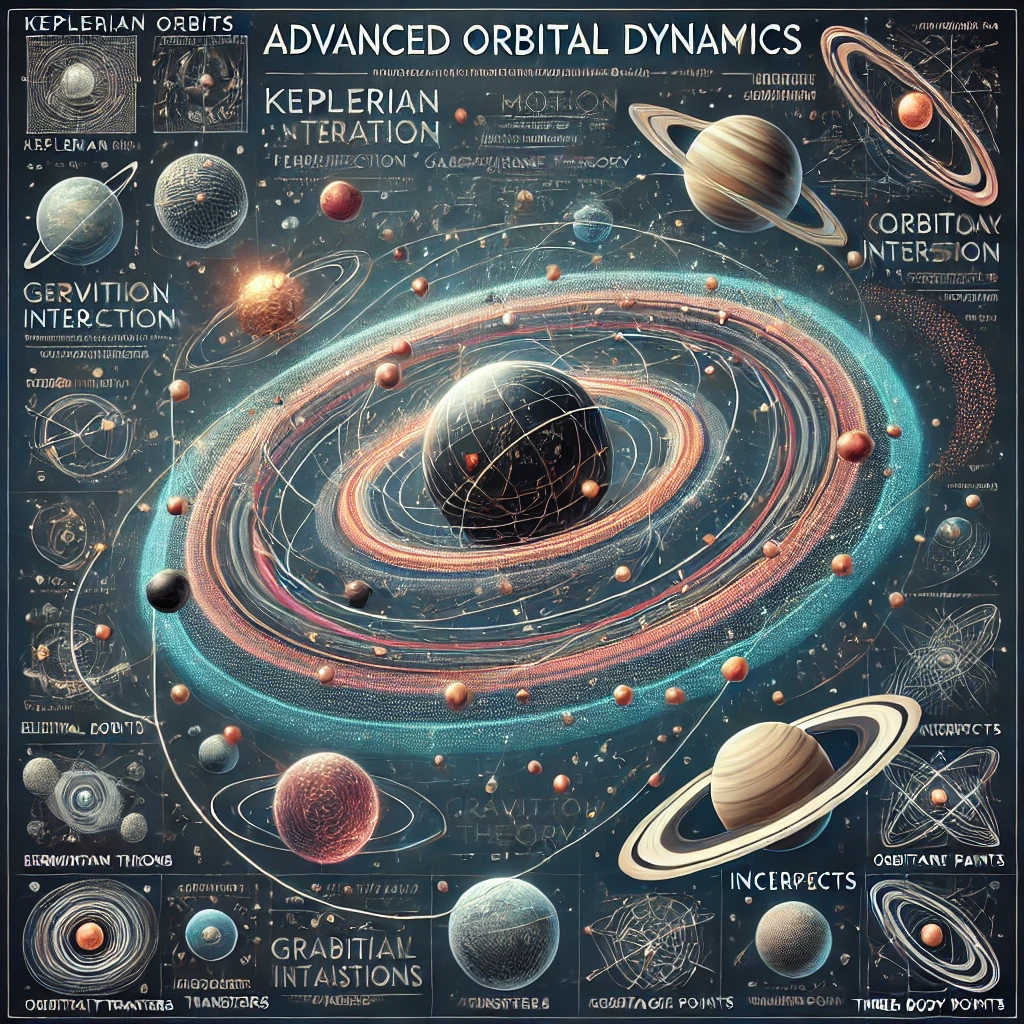Advanced Orbital Mechanics and Space Navigation: Year 11

About Course
Course Overview: Delve into the advanced principles of orbital mechanics and navigation as you explore the intricacies of space travel, satellite operations, and interplanetary missions. Engage in complex simulations and calculations to understand celestial motion like never before.
Course Content
Lesson 1: Keplerian Orbits and Elliptical Motion
-
Keplerian Orbits and Elliptical Motion
Lesson 2: Perturbation Theory and Gravitational Interactions
Lesson 3: Orbital Transfers and Intercepts
Lesson 4: Lagrange Points and Three-Body Dynamics
Lesson 5: Astrodynamics Software and Orbit Prediction
Lesson 6: Trajectory Analysis and Interplanetary Missions
Lesson 7: Attitude Dynamics and Control
Lesson 8: Orbital Debris and Space Traffic Management
Lesson 9: Emerging Technologies in Space Travel
Lesson 10: Space Tourism and Commercialization
Student Ratings & Reviews

No Review Yet